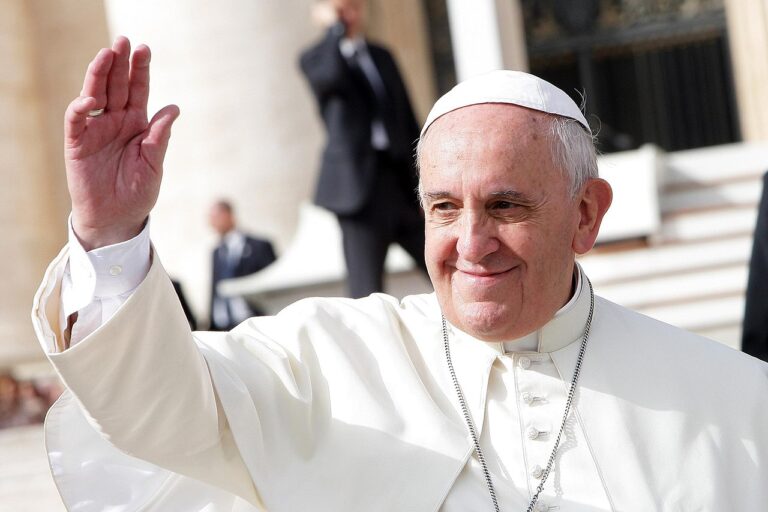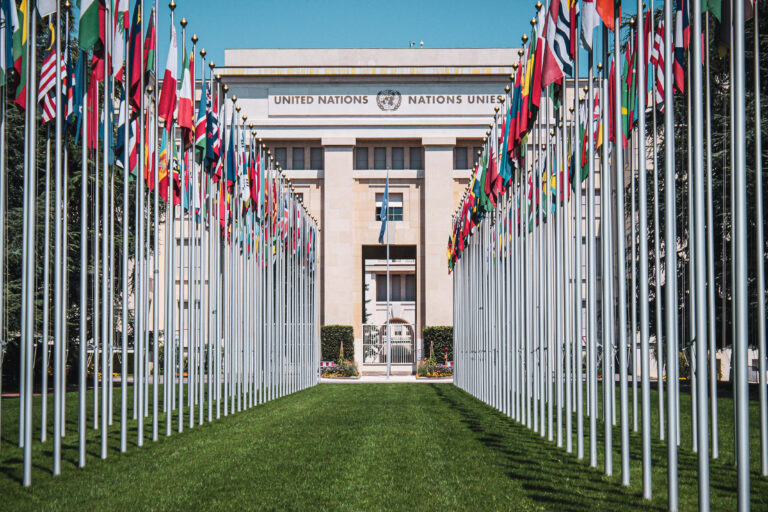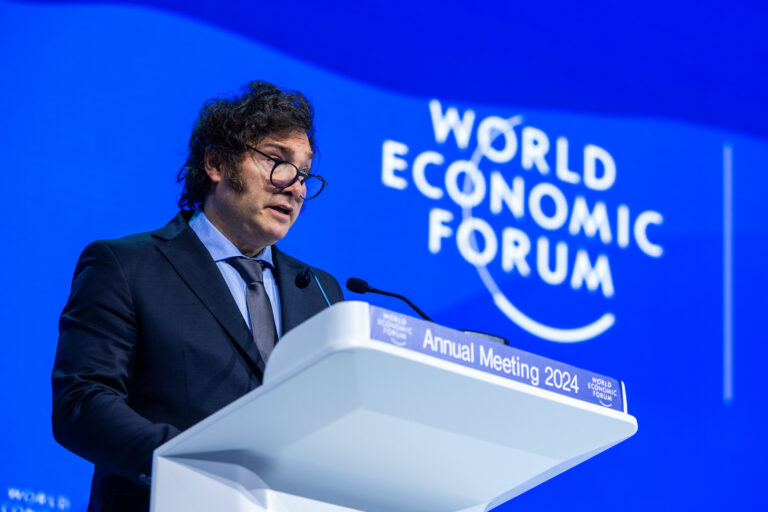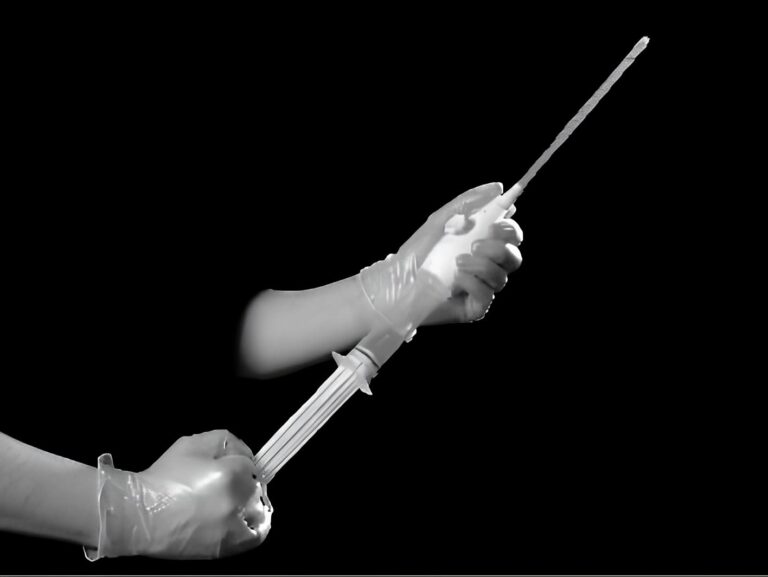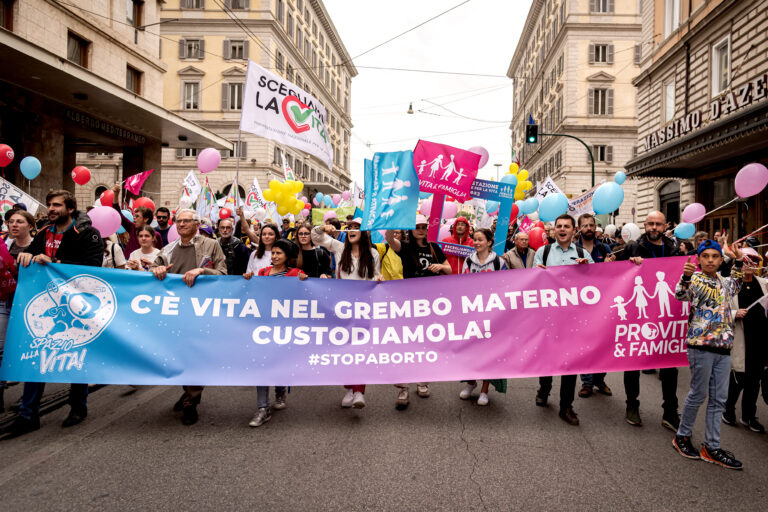Where do the “Bodies” Come From?
“Bodies,” an exhibit of plasticized corpses, is making its way across the United States, having recently been displayed by a Cincinnati museum. It includes an embryology display that a pro-life friend of mine described as “a beautiful testimony to the undeniable humanity of the unborn child.” Still, I won’t be going to see the exhibit any time soon. The corpses, you see, come from China.
Premier Exhibitions, an American company based in Atlanta, paid nearly $20 million to “lease” the 22 corpses and 250 organs and other body parts from the Dalian Medical University Plastination Laboratories. All the remains are from people who died of natural causes without next of kin, the exhibitors say, citing assurances from China.
But there are three large prison camps near Dalian, and I suspect that these prison camps maybe the source of some of the bodies. Moreover, given that prisoners in China are routinely executed for their organs, it is certainly possible that some of the people on display were murdered precisely for the purpose of being immediately plasticized and put on display.
If this were the case, those who bought the bodies would be in some measure responsible for their deaths.
These are more than merely suspicions on my part. In 2004 German state prosecutors launched an investigation into the exhibit amid reports that it included prisoners executed and mutilated by China’s communist authorities. The anatomist Gunther von Hagens, who originally procured the corpses, initially denied the charges. Later, however, he returned seven bodies to Dalian that were found to have physical evidence of torture and mutilation. The German prosecutors dropped the case against Hagens and the exhibitors when the Chinese authorities, not surprisingly, refused to cooperate in the investigation.
That the corpses now on display bear no obvious evidence of torture does not prove that they died of natural causes. Nor does it answer questions about their origins. They might well have been prisoners, even political prisoners, who for the most part would have no family members nearby to claim their bodies.
And then there are the unborn babies on display, who range in age from one to nine months gestation.
As nearly everyone knows by now, China has a one-child policy, one of the consequences of which is that women who are pregnant with an illegal second or third child are routinely aborted. Visitors to the exhibit are thus viewing, in all likelihood, babies killed by forced abortions.
So I am forced to disagree with my friend: That these babies should be killed, plasticized, and put on display does not, in my view, validate their humanity. However beautifully enshrouded in plastic the unborn babies maybe, the display itself is a desecration of the dead.
Written by Steven Mosher, PRI President
See the Sources: Nigel Reynolds, “Body parts exhibition raises concerns over missing dissidents,” The Telegraph, 4 December 2006, http://www.telegraph.co.uk/news/main.jhtml?xml=/news/2006/04/12/nbody12.xml&sSheet=/news/2006/04/12/ixhome.html; Tony Paterson, “Body Worlds impresario ‘used corpses of executed prisoners for exhibition,’” The Telegraph, 25 January 2004, http://www.telegraph.co.uk/news/main.jhtml;jsessionid=WSR5Q0C0DBF3ZQFIQMGCFFWAVCBQUIV0?xml=news/2004/01/25/wbody25.xml; Bod Worlds, 11 February 2008, http://www.eadon.com/comment/bodyworlds.php
Pope Cautions Against Environmental Extremism
Just when the radical environmentalists were beginning to imagine that this Pope was on their side, he brought them up short.
Of course, Pope Benedict XVI had never really sympathized with their views. Rather, he had in several audiences spoken — in terms common to Christians for centuries — of the need to be good stewards of the earth and its resources. But his statements were twisted out of context and into shapes the environmentalists found pleasing. They had even begun to call him the “Environmental Pope.”
No longer. In his January l World Peace Day message, he warned against the kind of extremism that elevates the environment to a position of equality, or even superiority, to the needs of human beings, even eclipsing God. The Pope said:
Respecting the environment does not mean considering material or animal nature more important than man. Rather, it means not selfishly considering nature to be at the complete disposal of our own interests, for future generations also have the right to reap its benefits and to exhibit towards nature the same responsible freedom that we claim for ourselves.
In other words, those who would elevate baby seals above baby humans are wrong to do so. The earth was made for man, not vice versa. The radical environmentalists, whose idea of paradise is the Garden of Eden before the creation of Adam and Eve, do not have a friend in this wise Pope.
See the Source: The World Peace Day message may be found at: http://www.vatican.va/holy_father/benedict_xvi/messages/peace/documents/hf_ben-xvi_mes_20071208_xli-world-day-peace_en.html




